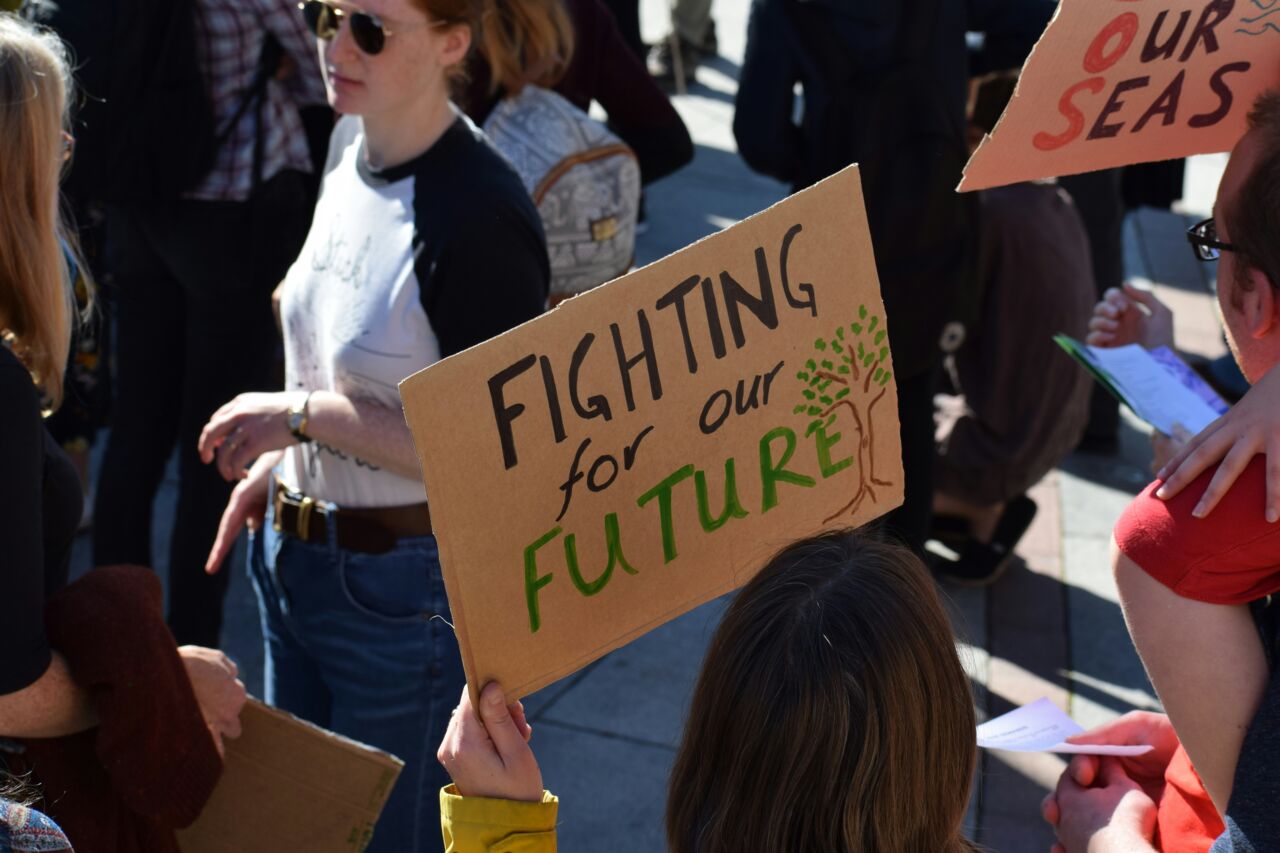“This points to a democratic problem. Young people aren’t given the same chance to influence, even though they’ll be affected by these decisions for a long time to come,” says Associate Professor Jonathan Josefsson at the Department of Thematic Studies – Child Studies (TEMAB) at Linköping University.
Participation by young people at UN climate conferences has been formalised since 2009. Their participation has been considered important, as it is they who will be most affected by climate change and for them to be able to contribute to solutions to the problems, according to Jonathan Josefsson.
He and his colleague Frida Buhre at Uppsala University interviewed young people from all over the world before and at the COP26 summit in Glasgow in 2021 and the COP27 in Sharm El-Sheikh in 2022. They also made observations on location. Their results are now presented in the scientific journal Globalizations.
Basically only an elite among young people will be able to attend these meetings.
The researchers note that young people face a variety of difficulties. The most serious are economic barriers and red tape, which particularly affect those with weaker socio-economic resources and those living farthest away from the summit locations. Getting there can be achieved through independent organisations or national delegations. But this requires that the young person has considerable knowledge, an education and financial resources.
“This means that basically only an elite among young people will be able to attend these meetings. The UN should have a hefty pot of money to finance travel and accommodation,” says Jonathan Josefsson.
Another obstacle is that participants must be over 16 years of age. Only about five per cent of the participants at the climate conferences are under the age of 26 and many so-called youth representatives are approaching thirty. Given that one third of the world’s population is under 18, representation is skewed. Therefore, according to Jonathan Josefsson, the UN should consider lowering the age limit.
Young people are resisting
But even those young people who manage to get to the climate conferences face significant obstacles once there. The meetings are perceived as hierarchically organised and very few have access to the rooms and stages of the negotiations where key decisions are made. Often, they are not allowed in until late in the decision-making process.
Young people testify that they face prejudice from the adult world and that their presence often becomes symbolic. They also argue that when governments invite young people to participate, they choose those they can control. One of the interviewees called it “youth cherry picking”.
Experiences and networking
The way the meetings are organised, young people have very few opportunities to influence decisions concerning their own future, the researchers note. Instead, participation is more of a way for young people to gain experience and build networks.
“This study contributes knowledge about how young people experience climate summits and what the consequences of unequal conditions are. But I also think it points out how badly these institutions are adapted to take into account young people’s opinions and political interests,” says Jonathan Josefsson.
The study was financed by Riksbankens Jubileumsfond and the project ‘Youth Representation in Global Politics: Climate, Migration and Health Governance Compared’
Translation: Anneli Mosell
Article: The materiality of youth representation at climate summits: navigating barriers, routes and spaces, F Buhre, J Josefsson, Globalizations, published online 18 October, doi: 10.1080/14747731.2024.2404285


